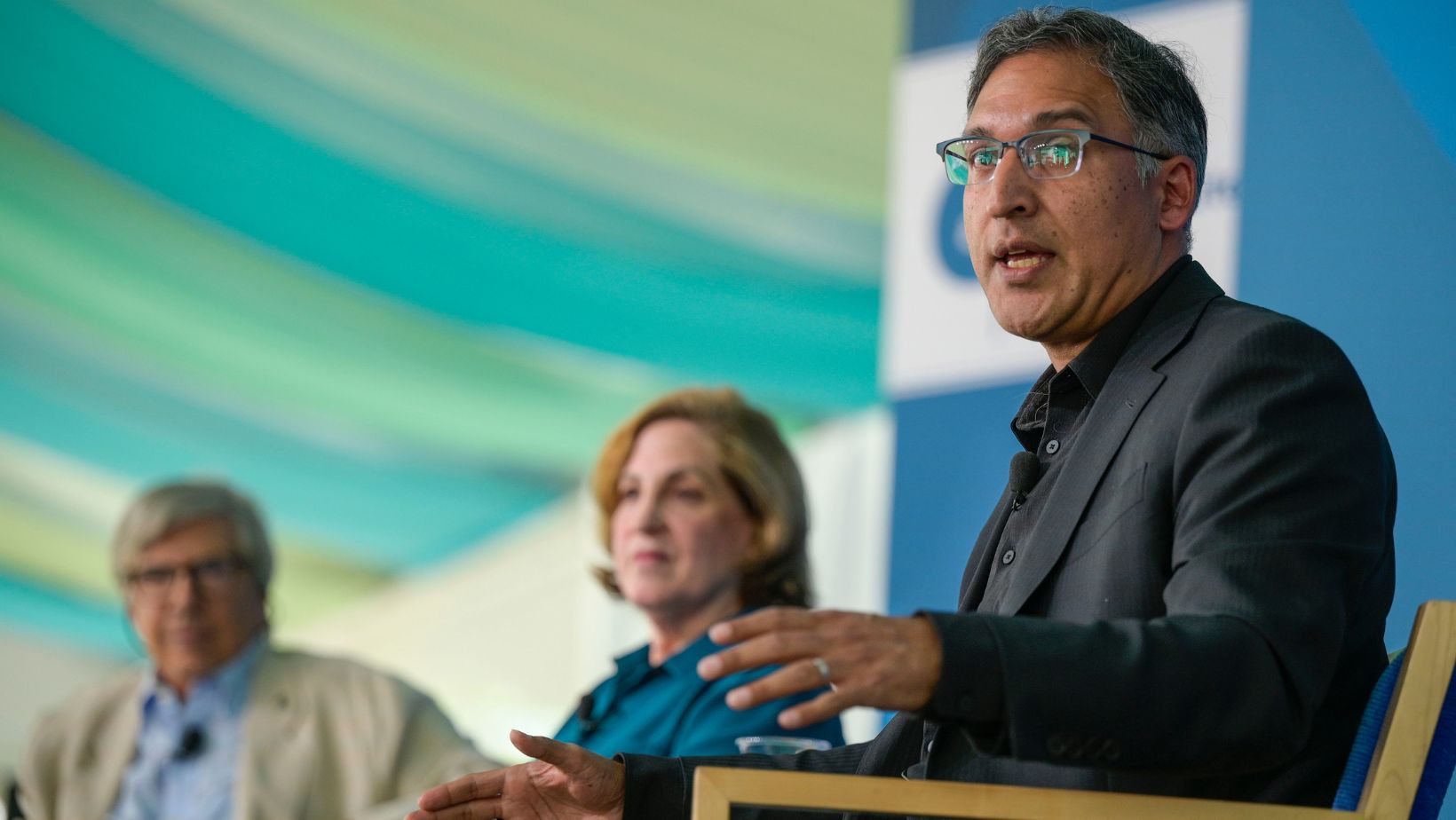During a program at the Aspen Institute’s Ideas Festival, Justice Stephen Breyer and retired Justice Sandra Day O’Connor both rejected the hoary notion that the “Supreme Court follows the election returns.” In a panel discussion with Dean Larry Kramer of Stanford Law School, moderated by Jeff Rosen of the New Republic, the two former High Court colleagues—one appointed by a Republican and one by a Democrat—offered a passionate defense of judicial independence. They explained that in reaching decisions, members of the Court are guided by their view of the Constitution and the precedent of prior Supreme Court cases. Each Justice comes to the Court with his or her own history and judicial philosophy, and it is certainly the case that presidents, from George Washington to Barack Obama, nominate judges whose views match their own. Still, the Justices typically serve far longer than the presidents who nominate them, and their duty is to the rule of law, including the protection of unpopular minorities, rather than to public opinion at any given moment.
Of course, noted Justice O’Connor, the Justices do follow the news. But she and Breyer agreed that members of the Court never rule by pointing their fingers to the wind of public opinion.
Some of the most interesting moments of the discussion came in response to audience questions. Queried about whether the decision in the 2000 election case of Bush v. Gore was politically driven, Justice O’Connor provided some insight on the process. She explained that the Court sent the case back to the Florida Supreme Court in order for it to provide guidance to local poll workers, but since it did not issue a ruling, she and the other Justices had to decide the matter. That decision “did not change the outcome at all,” she said, “so forget it, okay? It’s over!”
Another insight into the dynamics of the Court came as Justice Breyer responded to two questions, one a reference to his colleague Clarence Thomas, and another to the 5-4 Citizens United decision, which upheld corporate donations to political campaigns and has been criticized by many, most notably by President Obama in his 2010 State of the Union address.
Breyer defended the actions of unnamed Justices and their spouses, in an obvious reference to Justice Thomas, who has been criticized for refusing to recuse himself in cases where his wife Ginni, who is active in conservative causes, has taken a public position or had a potential financial interest. Justices have a duty to sit, Breyer explained, as well as a duty to recuse. Unlike in the lower federal courts, where there is always a judge who can substitute for the recused judge, in the Supreme Court there is no replacement. If a judge is recused the result may be a 4-4 split and a changed result. Moreover, argued Breyer, the spouses of judges should be able to pursue their own careers, so long as the judges fill out the appropriate disclosure forms and are transparent about their spouses’ activities. He compared his own willingness to sit in cases involving mental health (his wife is a mental health professional).
Again defending colleagues with whom he has ideological disagreements, Breyer made a case for the majority decision in Citizens United, a case in which he was in the liberal minority and wrote a 70-page dissent. Summarizing the First Amendment argument that equates money with speech, in relation to both the donor and the recipient of a campaign contribution, Breyer said that this was a reasonable interpretation of the statutes and the case law, although one that he believes was wrong. His point was that while he disagreed with his colleagues, the focus of their debate was the meaning of precedent, along with the court’s role with respect to the other two branches of government.
To this Court-watcher, the vigorous defense of their judicial colleagues by Justices O’Connor and Breyer is a testimony to the powerful personal ties between members of the Court. This mutual respect crosses the boundaries of ideology and judicial philosophy. At a time of incivility in so many spheres, it is heartening to hear that at the Supreme Court, at least, disagreements are limited to the subject matter at hand.

